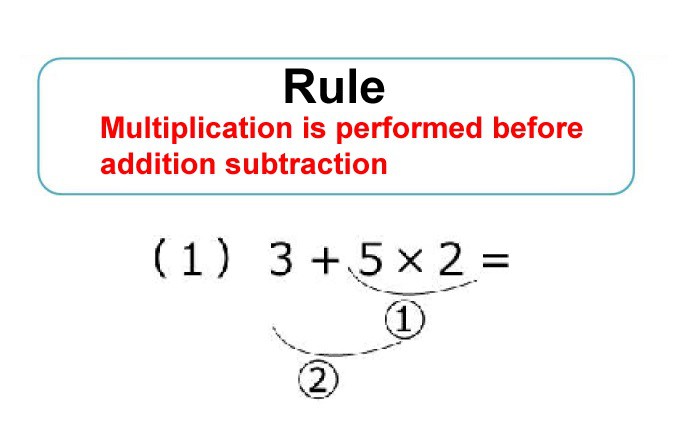Mar 2023 New:Solving Common Abacus Exercises for Beginners: 3 Problems and Solutions
.jpg)
By reading this article, beginners will gain a better understanding of abacus exercises and how to solve them.
I'm the author of this article and I'm a qualified abacus teacher, answering questions from around the world online abacus and various questions from online-soroban.com students.
Table of contents
1. Mar 2023 New:Solving Common Abacus Exercises for Beginners: 3 Problems and Solutions
By reading this article, beginners will gain a better understanding of abacus exercises and how to solve them.
1-1.1. Understanding Abacus Basics

Abacus exercises for beginners can be daunting, but with the right guidance, they can be easily mastered. To start, it is important to understand the basics of the abacus. The abacus is composed of two parts: the frame and the beads. The frame is the structure that holds the beads, and the beads are the counting pieces. To use the abacus, one must understand the value of each bead and how to move them to represent numbers.
1-2.2. Mastering Abacus Techniques

Once the basics of the abacus are understood, it is time to learn the techniques for solving abacus exercises. The most common technique is the “addition” technique, which involves adding the beads together to reach a certain number. Other techniques include subtraction, multiplication, and division. It is important to practice these techniques until they become second nature.
1-3. 3. Practicing Abacus Exercises

Once the techniques are mastered, it is time to practice abacus exercises. Beginners should start with simple exercises and gradually increase the difficulty as they become more comfortable with the abacus. Exercises can include counting, addition, subtraction, multiplication, and division. It is important to practice regularly to ensure that the techniques are mastered.
Overall
Conclusion: Abacus exercises for beginners can be intimidating, but with the right guidance and practice, they can be easily mastered. By understanding the basics of the abacus, mastering the techniques, and practicing regularly, beginners can become proficient in abacus exercises. If you are a beginner looking to learn abacus exercises, start today and take the first step towards mastering the abacus.
Tweet
Overall 
By reading this article, beginners will gain a better understanding of abacus exercises and how to solve them.1-1.1. Understanding Abacus Basics

Abacus exercises for beginners can be daunting, but with the right guidance, they can be easily mastered. To start, it is important to understand the basics of the abacus. The abacus is composed of two parts: the frame and the beads. The frame is the structure that holds the beads, and the beads are the counting pieces. To use the abacus, one must understand the value of each bead and how to move them to represent numbers.1-2.2. Mastering Abacus Techniques

Once the basics of the abacus are understood, it is time to learn the techniques for solving abacus exercises. The most common technique is the “addition” technique, which involves adding the beads together to reach a certain number. Other techniques include subtraction, multiplication, and division. It is important to practice these techniques until they become second nature.1-3. 3. Practicing Abacus Exercises

Once the techniques are mastered, it is time to practice abacus exercises. Beginners should start with simple exercises and gradually increase the difficulty as they become more comfortable with the abacus. Exercises can include counting, addition, subtraction, multiplication, and division. It is important to practice regularly to ensure that the techniques are mastered.
Conclusion: Abacus exercises for beginners can be intimidating, but with the right guidance and practice, they can be easily mastered. By understanding the basics of the abacus, mastering the techniques, and practicing regularly, beginners can become proficient in abacus exercises. If you are a beginner looking to learn abacus exercises, start today and take the first step towards mastering the abacus.
Tweet










